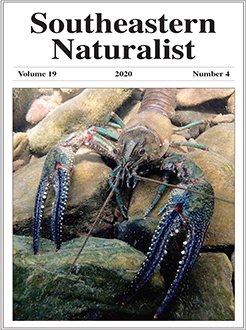Deer–vehicle collisions (DVCs) are a critical cause of mortality for the endangered Odocoileus virginianus clavium (Florida Key Deer; hereafter Key Deer). Extensive research has focused on large-scale Key Deer movements throughout their range and the corresponding relationship to DVCs (e.g., dispersal of juvenile males south across US Highway 1 [US 1]). Far less data are available about the relationships among short-term movement patterns (hourly and daily) of Key Deer, US 1 traffic patterns, and DVCs. We used global positioning system collars to track female Key Deer movements on short time scales on Big Pine Key in the Lower Florida Keys. We then cross-referenced this with US 1 traffic data and DVCs. We found a significant relationship between hourly female Key Deer movement and hourly DVCs throughout the 24-hour daily period (r = 0.505, P = 0.012). Hourly US 1 traffic patterns were significantly related to hourly DVCs only during night periods (r = 0.787, P = 0.012). This information will inform Key Deer management options such as variable timing of vehicle speed enforcement and warning lights along roadways.
How to translate text using browser tools
13 November 2020
Temporal Movement Patterns Predict Collisions between Female Florida Key Deer and Vehicles on Big Pine Key, Florida
Anthony W. Braden,
Israel D. Parker,
Roel R. Lopez,
Nova J. Silvy
ACCESS THE FULL ARTICLE

Southeastern Naturalist
Vol. 19 • No. 4
December 2020
Vol. 19 • No. 4
December 2020




